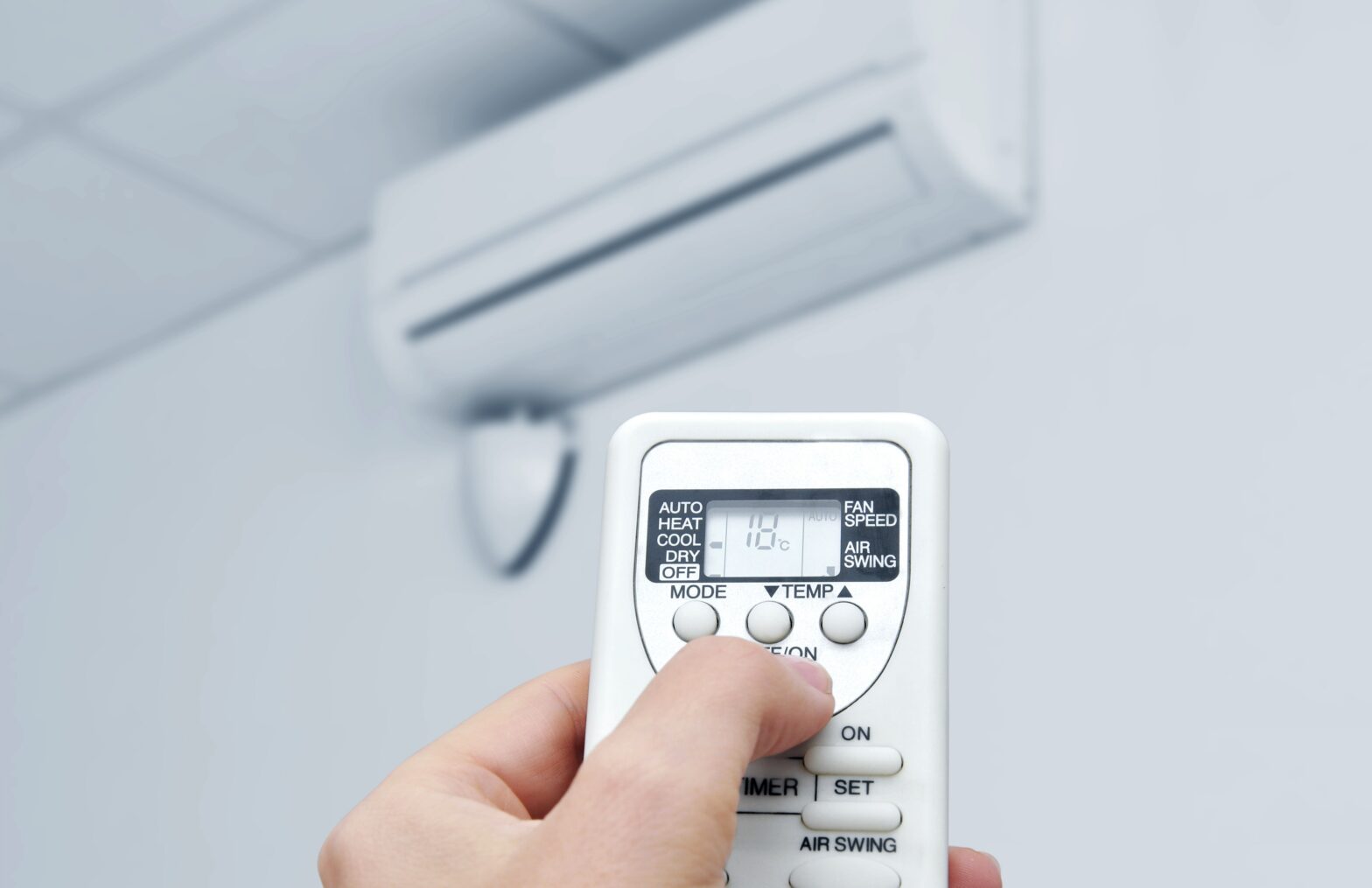Most employers in the UK strive to keep their employees happy and satisfied when it comes to the HR requirements for a work area. The weather is one of the most talked about subjects in and out of the office in the UK and can subconsciously have a direct impact on an employee’s morale and productivity. If an employee fails to plan for changes in the weather they can run the risk of a frosty reception from not only their employees but from regulators too.
Minimum temperatures in the workplace
As the recent cold weather caused problems on the roads and to transport networks, it is no surprise to hear that both employees and employers are querying what the minimum temperature in their place of work should be.
Temperatures in the workplace are governed by the Workplace (Health, Safety and Welfare) Regulations 1992. The regulation has never stated a specific minimum temperature, but they have placed a legal obligation on all employers to ensure that their places of work are of a “reasonable” temperature.
The law does not state a minimum temperature, but the UK government (HSE) suggest that a workrooms temperature should be between 16 °C or 13°C if employees are undertaking physical work. There is no law, but however there are guidelines laid out by the Approved Code of Practice (ACOP) which state that:
‘The temperature in workrooms should provide reasonable comfort without the need for special clothing. Where such a temperature is impractical because of hot or cold processes, all reasonable steps should be taken to achieve a temperature which is as close as possible to comfortable’.
The Approved Code of Practise also covers lighting, cleanliness, room dimensions, workstations and seating, floor conditions, falls or falling objects, transparent and translucent doors, gates and walls, windows, skylights and ventilators, traffic routes, escalators, sanitary conveniences, washing facilities and other matters.
Temperature productivity
Research has shown that office temperatures are likely to influence worker productivity. An office temperature as high as 77° Fahrenheit (25° Celsius) will result in the greatest productivity. Office works who type on a keyboard reportedly are more productive and have fewer errors when the office temperatures are 25° Celsius.
If temperatures decrease below 68° Fahrenheit (20° Celsius) productivity tends to decrease with the same affect happening as temperatures rise past 75° Fahrenheit (23.9° Celsius). The importance of productivity should never be overlooked; lowering a room’s temperature to a ‘productive temperature’ could not only boost working rates but save companies money.
Dealing with workplace temperatures
Smaller businesses might not be aware of the importance of the application of the 1992 regulations; however, employers of all sizes need to ensure that risk assessments are conducted to ensure temperature concerns are highlighted. Implementation of the guidelines should be appropriate to the location and purpose of the ‘space’ tested.
Failing to invest in relevant health and safety procedures can be a false economy for small businesses as risk assessments ensure that procedures are continually up to date. The cost of implementing of the guidelines is inexpensive but can be time consuming, however essential to ensure better employee wellbeing. There are four quick fixes to controlling an offices temperature:
- Shading windows
- Installing cooling stations
- Locate workstations away from heat/cold sources
- Insulating hot plants or pipes
If an employer fails to follow the guidelines and does not provide satisfactory working conditions then employees have the rights contact their local environmental health office or the Health & Safety Executive, something which all employers will surely wish to avoid. Surprising it is disputes over warm conditions that are most common. Being uncomfortably hot or cold is not desirable and an employer should be smart enough to act to the changing of seasons, where unavoidable consideration should be taken into dress codes to suit workers and the temperatures they face.
As with all health and safety matters, proportionality and reasonable practicability is key. A sensible approach to temperature regulation in the workplace should be adopted.





